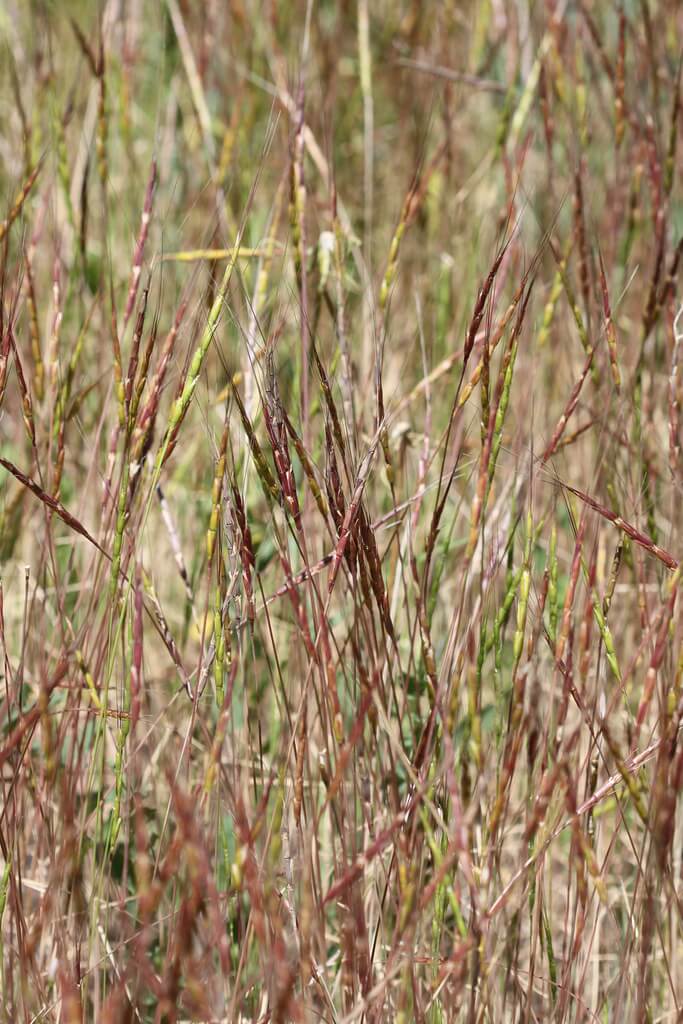Australian Plant Census (2011) available at: Vascular Plants APNI (biodiversity.org.au)
Agriculture Western Australia (2006). Farmnote 82/99: Jointed goatgrass: a major exotic threat to the Australia wheat industry. Available [updated 2017] at: Jointed goatgrass: what you should know | Agriculture and Food
Barkworth, M.E. (1993). Treatment from the Jepson Manual: Aegilops – Goatgrasses. Available at: UC/JEPS: Jepson Manual treatment for AEGILOPS ovata (berkeley.edu)
Encycloweedia (2008). Aegilops spp. Available [updated 2023] at: Aegilops cylindrica (berkeley.edu)
Grass Weeds in Wheat (2008). Jointed Goatgrass.
NAPPO (North American Plant Protection Organisation) (2003). Grains Panel Pest Fact Sheets – Aegilops cylindrica Host.
Navie S. (2004). Declared Plants of Australia. An identification and information system. Centre for Biological Information Technology: Brisbane. [CD-ROM]
Saufferer, S.M. (2008). Manual of Grasses for North America Grass. Aegilops L.
WSNWCB (Washington State Noxious Weeds Control Board) (2008). Aegilops cylindrica. Available [updated] at: Washington State Noxious Weed Control Board
Also see:
Department of Primary Industries and Regional Development (2020). Jointed goatgrass: declared pest. Government of Western Australia. Available at: Jointed goatgrass: declared pest | Agriculture and Food
YCRCD (Yolo County Resource Conservation District) (2008). Barbed Goatgrass.















